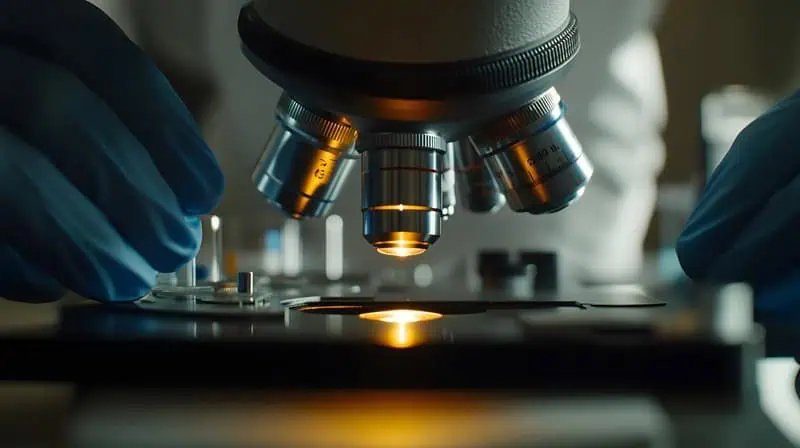
Issue 12/2024
Paskalev, D.
Medical University – Varna
Marcello Malpighi was an eminent Italian physician, anatomist and botanist. He was born in the town of Crevalcore, near Bologna, on 10.03.1628, in the same year when Willian Harvey (1578-1657) published his book on the blood circulation „De motu cordis“. In 1661, yeas later, Malpighi discovered the capillaries which were the missing link in Harvey’s theory of circulation. He studied at the University of Bologna and obtained doctorates in both medicine and philosophy in 1653. While in Bologna, Malpighi was part of a small anatomical team („Choro anatomico“) leaded by Bartolomeo Massari (1603-1655), his anatomy teacher. In 1656, he was appointed professor of medicine in his alma mater. Later Malpighi accepted an offer from Archduke of Tuscany to be the chair of theoretical medicine in the newly established University of Pisa. Here he was introduced by Giovanni Borelli (1608-1679), an Italian physiologist, physicist and mathematian, in iatromechanics (human body like a set of different small machines), and began to work with a microscope. Using the microscope Malpighi was able to describe the capillaries, glomeruli of the kidneys (Malpighian bodies), renal pyramids (Malpighian pyramids), deep layers of the skin (stratum malpighii), and the chick embryo. Since 1668, his works were serially published in the „Philosophical transactions“, the journal of the Royal Society in London, established in 1665.
In addition to his seminal anatomical works, Malpighi studied the plants structure and published „Anatome plantarum“ in 1671. He published many other books: „De viscerum structrua exercitation anatomica“ („Essay on the anatomical structure of the viscera“) in 1666; „De pulmonibus epistolae“ („A letter about the lung“) in 1666; „De polypo cordis“ („A treatise on cardial polyp“); „De cerebro“ („About the brain“) etc. In 1691, he was invited by Pope Innocent XII to become his personal physician in Rome. Malpighi died of cerebrovascular accident in 1694 while in Rome, and as per his last wishes his mortal remains were buried in the Church of Santi Gregorio e Siro in Bologna. The following words are inscribed in his memorial plate (in Latin): „Great genius / honest life / strong and tough mind / daring love for the medical art“.
Key words: Marcello Malpighi, capillaries, glomerulus, microscope
Address for correspondence:
Assoc Prof Dobrin Paskalev MD, PhD
Medical College, Medical University of Varna,
55, Marin Drinov, Str.
9000, Varna
tel: +359 887 765 313
e-mail: dobrinpaskalev@yahoo.com
